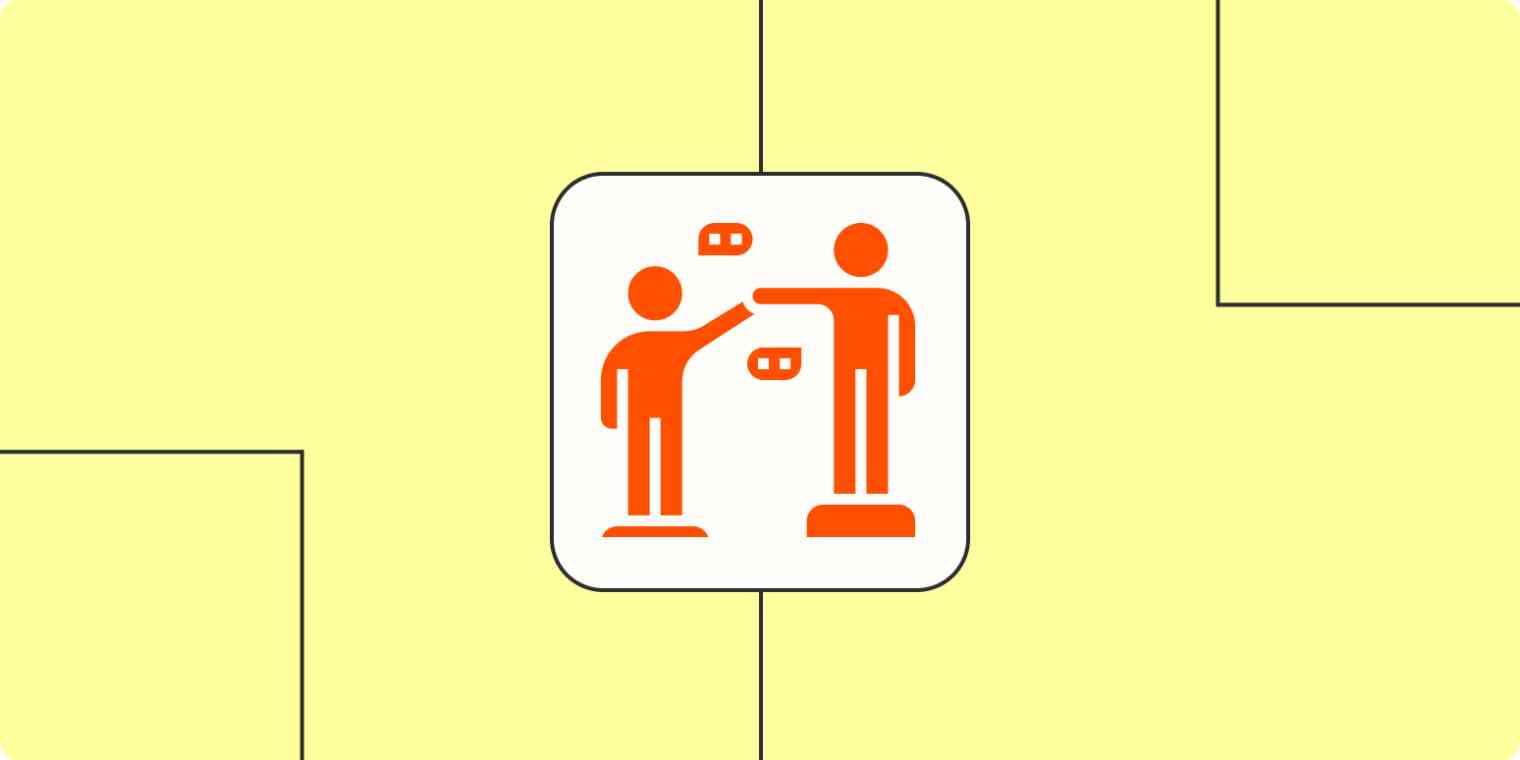Some people see the glass half full, others see it half empty. And it's the same at work: where some folks see team wins and cheer them on, others spot future risks and try to raise the alarm. We all know it's important to have diverse opinions, but those glass-half-empty people are still often derided as naysayers.
As a self-proclaimed glass-half-empty person, I've found that a lot of it comes down to delivery. Disagreeing isn't bad—it's how you disagree. So here's how to disagree more effectively.
1. Explain why
Which is more effective?
"This cake design won't work."
"This cake design won't work because its height will make it unstable."
Without explaining why, disagreeing can easily sound insulting.
As you offer the why, avoid mixing up your opinion with facts. And remember that your facts should be based on a business case: what's the risk to the company if this problem isn't addressed? If there isn't one, make that clear, too, so everyone understands if this is—as we like to say at Zapier—a hill you'll die on.
2. Be empathetic
When you're critiquing someone's work or ideas, remember that they spent time and effort on them. No one likes to see their baby insulted.
You can build empathy by creating a shared narrative, but don't get cute. Adding jokes, sparkle emoji, and winky faces when you're delivering bad news isn't empathy—it's condescending. Instead, be honest and transparent in your feedback: this will help people understand why you're critiquing their work to begin with.
The most empathetic thing you can do? Offer to help. Try brainstorming solutions with them or even offer your own suggestions. (But don't take offense if they don't want your help.)
Here's a great example of Danielle, L&D Manager at Zapier, offering feedback in an empathetic way, including an offer to help.

And here's Christina, Team Lead of Premier Support at Zapier, doing something similar:

Notice they both put their suggestion section in bold—little things like that can draw focus to the solution instead of the problem.
3. Be clear and concise
Your feedback won't have an impact if people don't understand it—or if it's so long they don't even bother reading it. So choose your words carefully. The simpler your language, the easier it will be to understand. Some tips:
Practice by writing it first. Seeing words written out can help you stay on point and remain clear and concise. It doesn't have to be a novel—even an outline can help. Here are some notes I wrote to prep for a meeting where I wanted to disagree about the fact that the team I'm on should handle a certain type of work, and how to suggest that another team take it on.

Run it by a bot. If you're delivering your feedback in writing anyway, there are great tools like Grammarly and Hemingway that can help you stick to the point.
Stop serving stale compliment sandwiches. They just add unnecessary words, and people can see through the ruse.
4. Focus on timing
Knowing when to speak up—and whether to speak up at all—is crucial.
The first thing to consider is prioritization. In a world with finite time, some problems are worth addressing and others aren't. To help you prioritize, ask yourself: how big is the risk, when does the risk arise, and how does it fit into current work? Then decide if it's worth bringing up.
If you do decide to offer feedback, speak up early. It can be harder to do because you might have less evidence for your concerns, but it's the empathetic approach because it allows people to correct course before putting their time and energy into something that might not work the way they'd planned.
Sometimes, though, it's not worth saying anything at all—especially if what's done is done. Sure, if the celebratory fireworks set the building on fire, pull the fire alarm immediately. But otherwise, if everyone else is celebrating, you should celebrate too.
5. Beware of the HiPPO effect
HiPPO stands for "highest paid person's opinion." If you're in a position of authority, keep in mind that what you say can have an outsized influence on what others think and how they act. In that case, let others speak first, and always listen (you might learn something too).
Most importantly, if you're a manager or higher-up, encourage disagreement among your team or organization. It can be intimidating to disagree, so normalize it by building it into your culture. Zapier's CEO, Wade, is great at this—he's constantly asking for feedback.

And when he gets it, he puts it to work.

One final tip: remember that when you're disagreeing with someone, you've had time to think through your points, but the other person is hearing them for the first time. Give them time to ask questions, and be open to the fact that they might disagree with you, too.
In the end, it's ok—and important—to disagree at work. But if you want to be seen as a meerkat sentry instead of a Chicken Little, make sure you're communicating your disagreement effectively.






